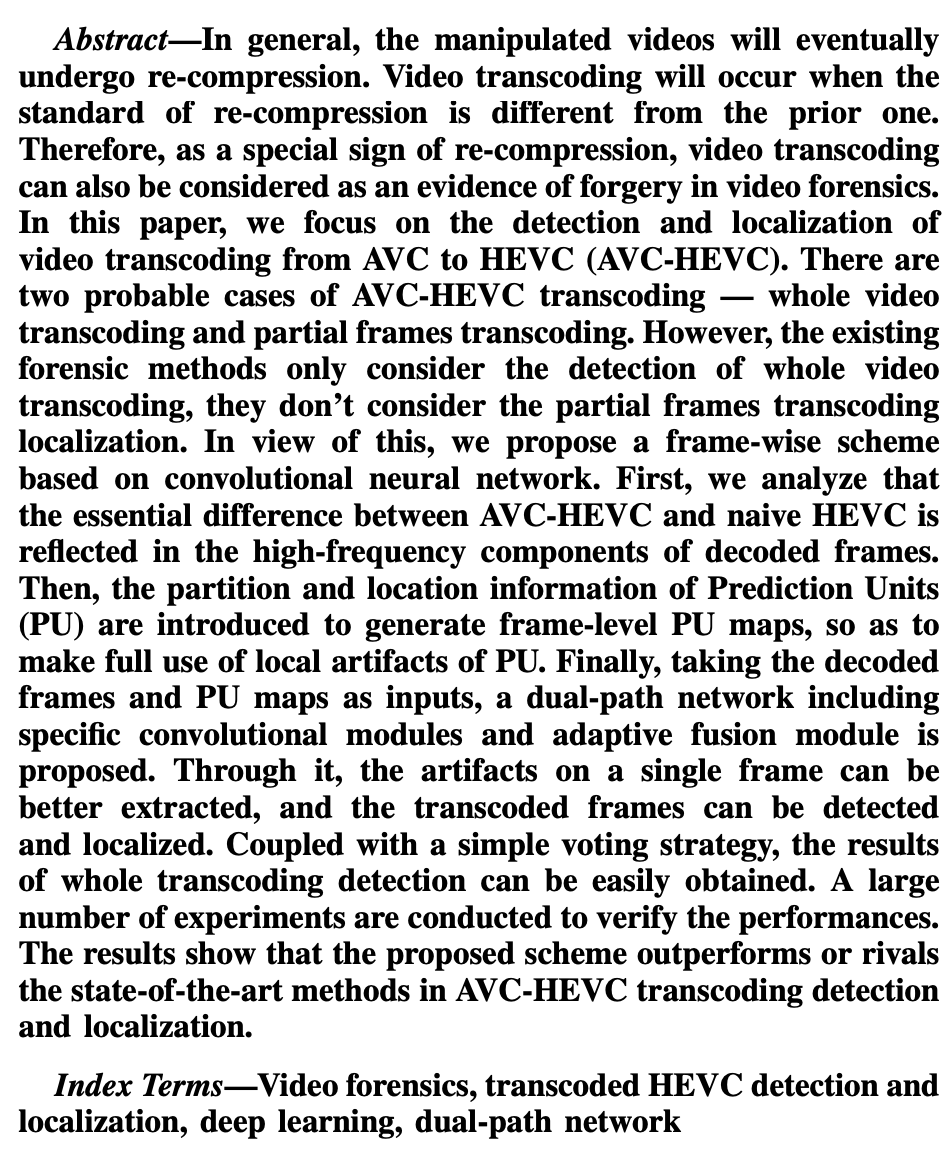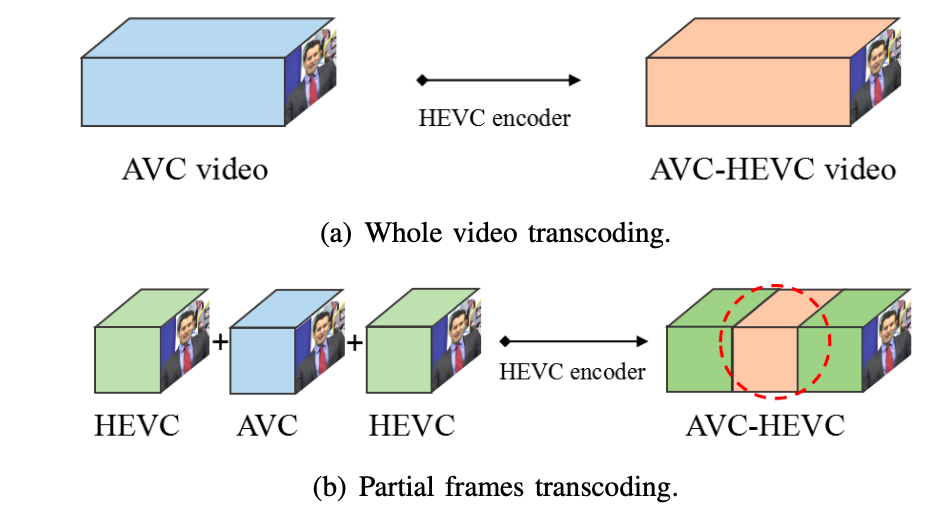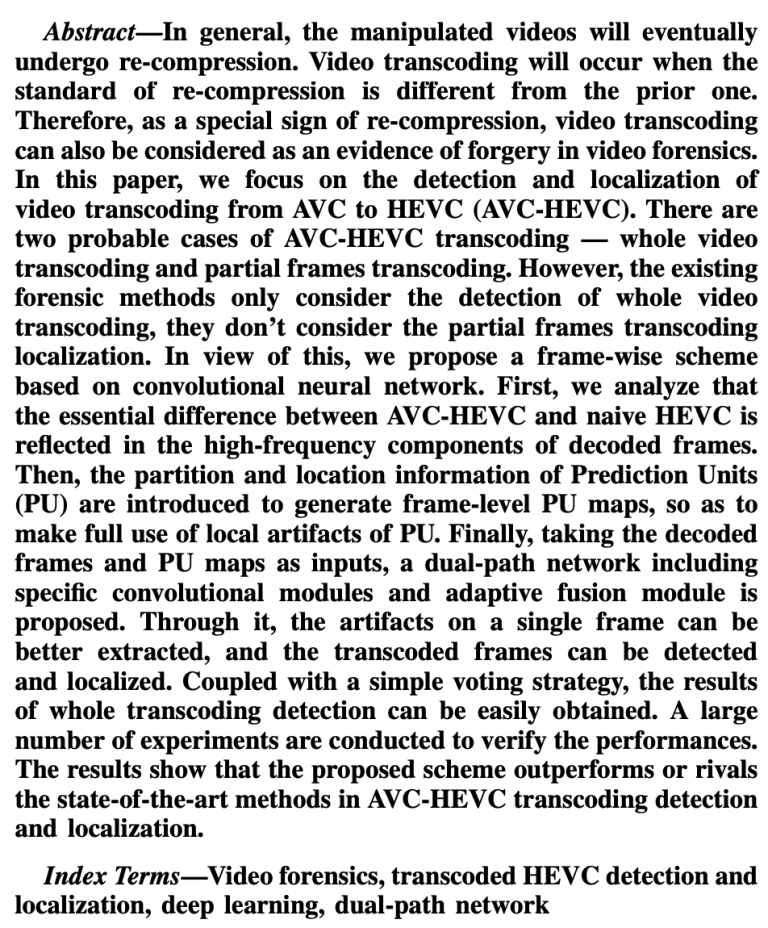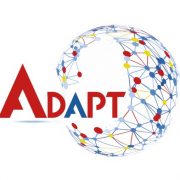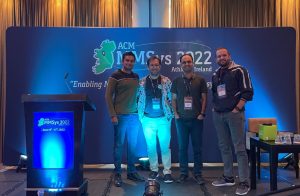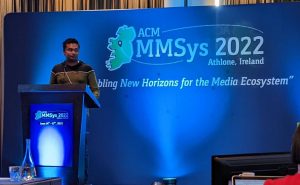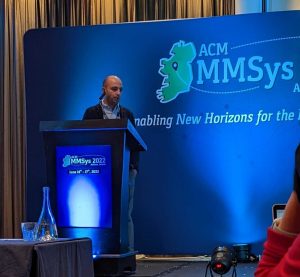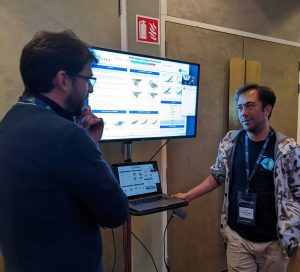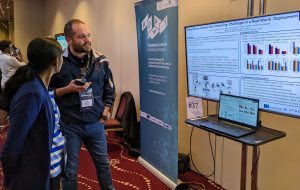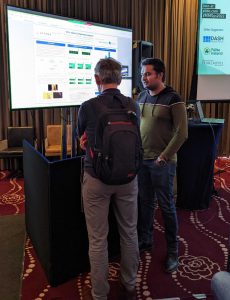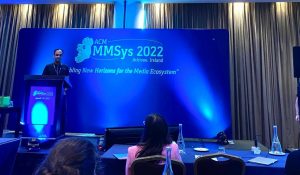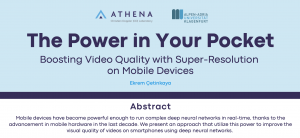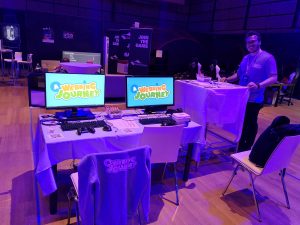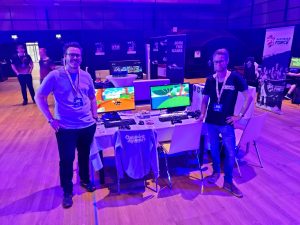IEEE 14th Image, Video, and Multidimensional Signal Processing Workshop (IVMSP 2022)
June 26-29, 2022 | Nafplio, Greece
Conference Website
[Video]
Ekrem Çetinkaya (Christian Doppler Laboratory ATHENA, Alpen-Adria-Universität Klagenfurt), Minh Nguyen (Christian Doppler Laboratory ATHENA, Alpen-Adria-Universität Klagenfurt), and Christian Timmerer (Christian Doppler LaboratoryATHENA, Alpen-Adria-Universität Klagenfurt)
Abstract: Video is now an essential part of the Internet. The increasing popularity of video streaming on mobile devices and the improvement in mobile displays brought together challenges to meet user expectations. Advancements in deep neural networks have seen successful applications on several computer vision tasks such as super-resolution (SR). Although DNN-based SR methods significantly improve over traditional methods, their computational complexity makes them challenging to apply on devices with limited power, such as smartphones. However, with the improvement in mobile hardware, especially GPUs, it is now possible to use DNN based solutions, though existing DNN based SR solutions are still too complex. This paper proposes LiDeR, a lightweight video SR network specifically tailored toward mobile devices. Experimental results show that LiDeR can achieve competitive SR performance with state-of-the-art networks while improving the execution speed significantly, i.e., 267 % for X4 upscaling and 353 % for X2 upscaling compared to ESPCN.
Keywords: Super-resolution, Mobile machine learning, Video super-resolution.




